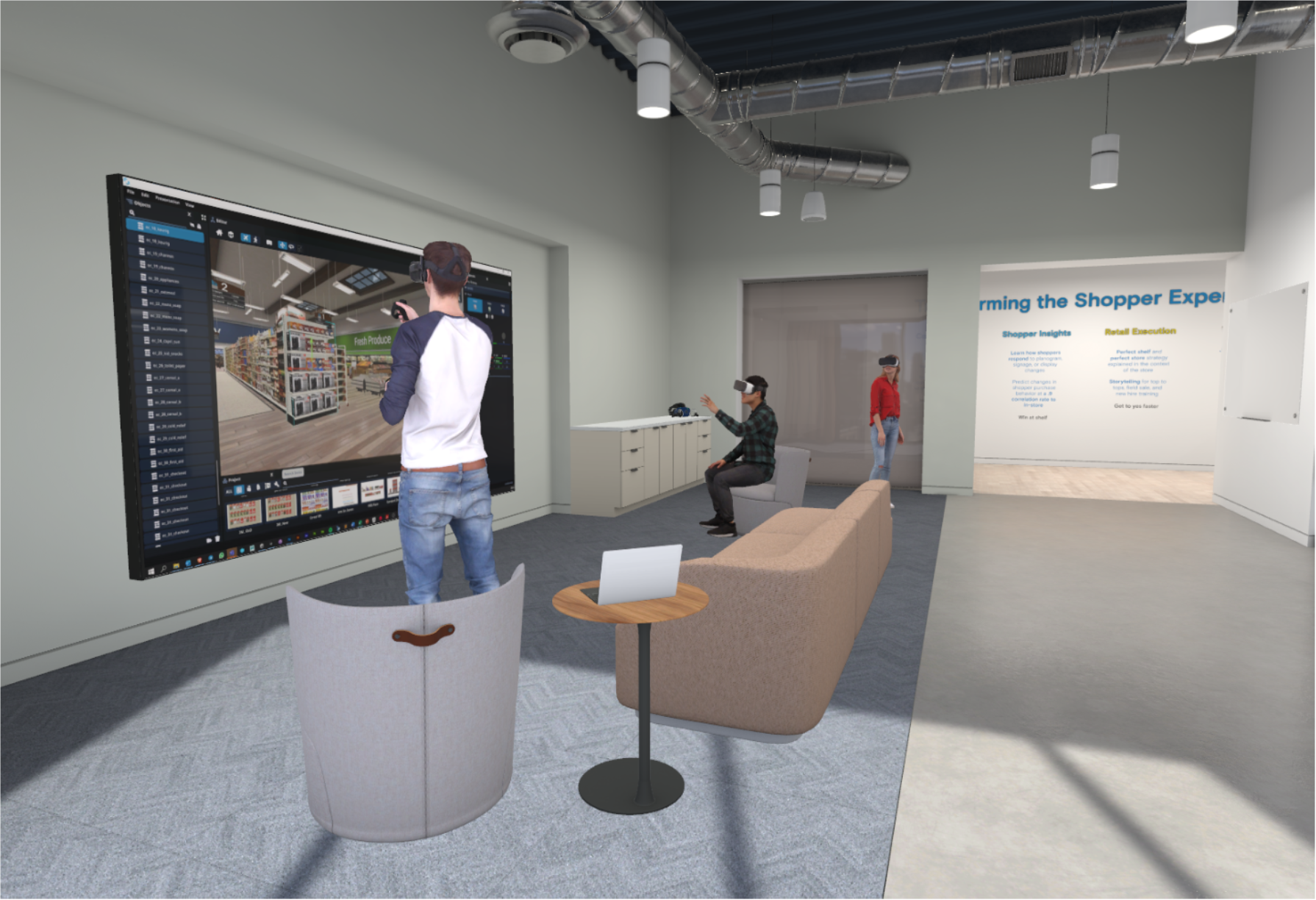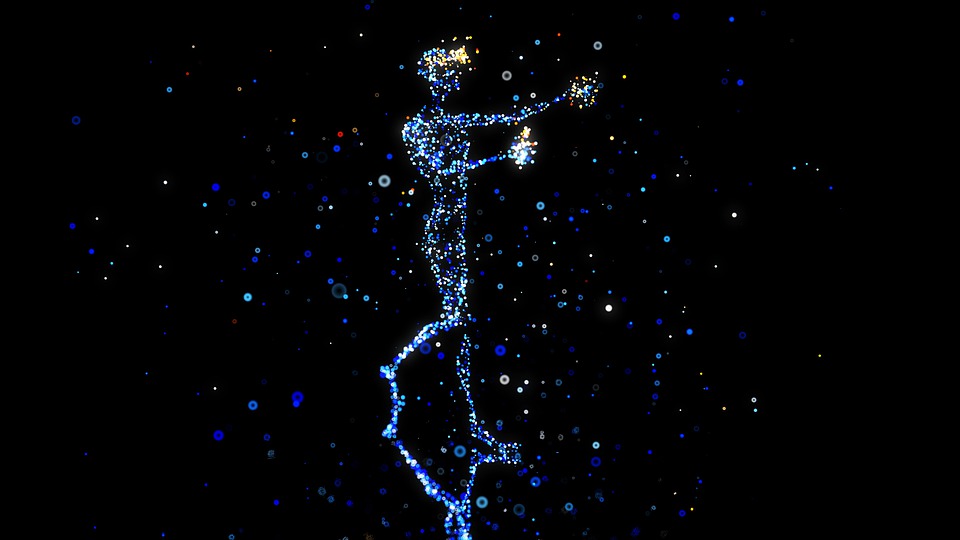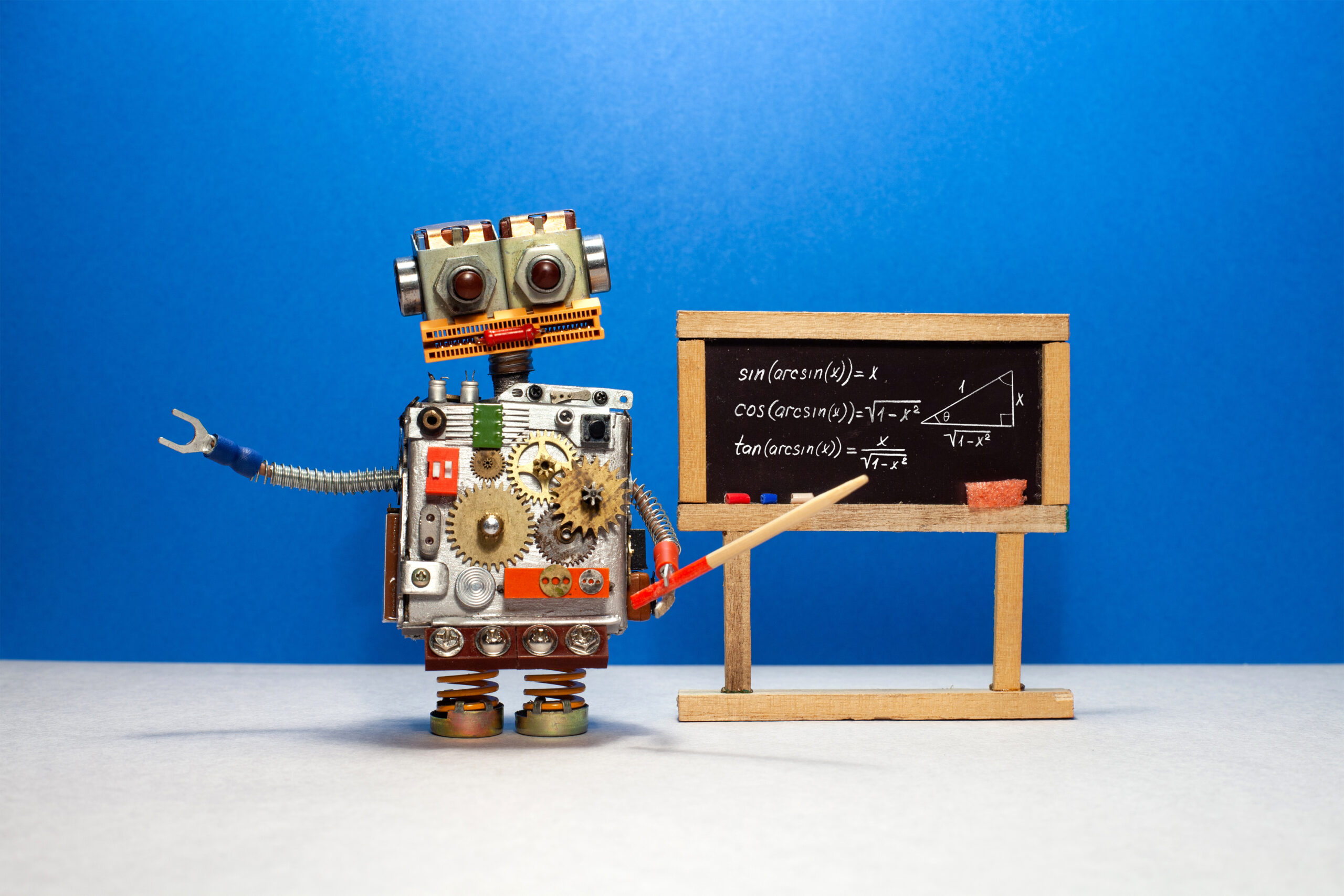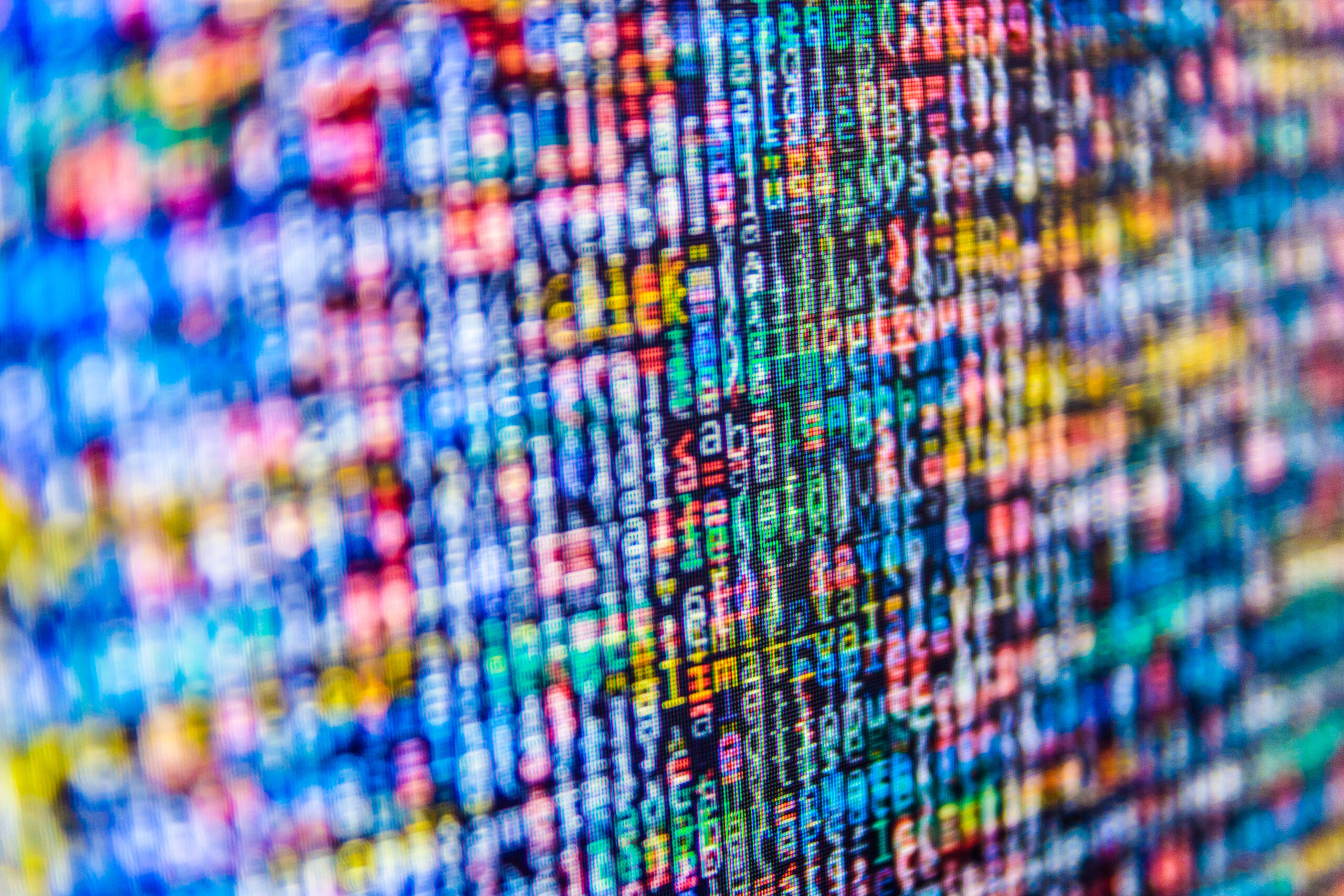2022 kicked off with the subject of metaverse shopping making the rounds in the Twitter-sphere in a viral post where a user shared a video depicting how Walmart “envisions shopping in the #Metaverse”. The video was quick to draw commentary from users who pointed out the clunkiness and awkward execution, and it may have been justified considering the video was just a demo from 2017. As those in the VR industry know, a few short years can result in a lot of growth in the quality of a virtual experience, so this wasn’t exactly a look into the future of metaverse shopping.
With the idea of the metaverse making headlines more and more lately (Mark Zuckerberg recently announced Facebook’s rebrand as Meta), we can’t fault Twitter users for poking fun at an easy target. But as the possibility of what was once unfathomable starts to become reality, we’d like to give some insight into how the metaverse may alter much of the consumer goods industry. As we’ve learned from history, the technology of our time has a habit of shaping aspects of our lives, including consumer trends, attitudes, and behaviors. In this article, we’re exploring how the past and present can inform our predictions for the future of metaverse shopping.
Where we’ve been.
If the last several decades have taught us anything, it’s that innovation in tech pushes the boundaries of what we thought possible. All of us have seen our lives change drastically thanks to multiple groundbreaking tech innovations. Let’s take a look back at the ones that have shaped our lives into what they are today.
The Internet
Who remembers the days of dial-up Internet access? We’ve come a long way since then, but those early Internet days set up a chain reaction that changed consumerism forever, and Amazon is the perfect example. Facilitated by the Internet, Amazon started off as an online book seller. Over years of acquiring smaller online bookstores and expanding to a huge range of consumer goods, Amazon has become the industry-dominating e-commerce giant that we know today. But along the way, Amazon’s progress gradually changed the way we all buy goods.
Amazon’s distribution models enable shipping speeds that were not at all the norm previously. Prime shipping now makes it possible to order an item at 10 pm and expect it to be delivered to our doorstep the very next day. It’s normalized expectations of near instant gratification for online shopping. As the metaverse becomes a reality, will it also turn consumerism on its head the way the Internet has?
Mobile Phones
Mobile phones are another example of technology that has advanced quickly since the days of bag phones and brick phones in the 80s and 90s, which really only had one functionality: to make a phone call. If those first iterations influenced consumer behavior in any way, it was very minor.
In only a few short decades, Apple changed everything with smartphones. As of 2021, 85% of Americans own a smartphone, a significant increase from the 35% that owned one in 2011. And instead of merely carrying a phone around with you, modern smartphones are more like the equivalent of carrying a computer in your pocket. Today’s iPhones have 100,000 times more processing power and more than a million times more memory storage than the computer that got Apollo 11 to the moon.
Throughout the years of the mobile phone’s advancement, their presence in our lives has changed our behaviors in a number of ways. From the first iterations of entertainment as a major mobile phone functionality with games like Snake on your old Nokia to the late 2000s days of business professionals glued to their Blackberries, mobile phones have become so much more than just phones.
4.4 million apps can run on an iPhone, and as a result, it’s become a replacement for multiple aspects of our lives that used to be physical, instead of digital. A phone is a calendar and a planner, it’s access to online marketplaces, it’s a tool for our work and a fixture in our downtime. It let’s us access any of the millions of apps out there that deliver food, teach us how to meditate, manage our exercise, spark our creativity, help us find love, and talk to friends across the world.
Mobile phones played a key role in online marketing and e-commerce becoming the center of our experiences as consumers. They brought online marketplaces to the palm of our hand and were accessible from nearly anywhere.
Tech Innovation of the Pandemic
Fast forward to March of 2020 when, as we all know, the pandemic was a driving force for massive behavioral shifts, especially in the consumer goods space. But let’s take a look at how tech solutions swooped in to save the day when our work lives were changing rapidly.
-
Remote work enabled by Zoom was practically an overnight necessity when the pandemic forced non-essential workers into lockdown. Later, many companies that thought they needed to have employees in the office before the pandemic soon realized that it wasn’t as necessary as they had believed. Video conference software allowed many people to remain at home for work long after the harshest of the pandemic restrictions were lifted, completely restructuring our work lives.
-
Growth in ‘contactless’ and ‘frictionless’ experiences also blew up as restaurants and retailers needed to find a solution to continue business while pandemic restrictions were still prominent and people needed contact free services. For example, curbside pickup, a contactless delivery option, was added to delivery apps for safer and frictionless experiences.
Where we’re at today.
American venture capitalist Chris Dixon once said, “The next big thing will start out looking like a toy.” With the way we’re seeing VR technology developing today, we can’t help but think that Dixon’s prophecy is proving itself to be true.
VR Consumer Acceptance
People are ready for more from their digital experiences. At the same time as we’re observing an increased consumer acceptance of VR (for example, Oculus’ 2021 Christmas sales were through the roof as VR headsets became a common Christmas gift) and seeing a dramatic increase in applications of VR tech and metaverse solutions.
It’s no surprise that 38% of consumers played online games at least once a week in the last year. Especially since for the last several decades, gaming has solidified itself as a cultural norm. Especially as Gen X, the same generation who played Pong and Pac-Man in arcades and later on Atari home consoles, have now accumulated the wealth to invest in the successors to their childhood gaming setups, like VR gaming. The current normalizing of VR experiences helps set the stage for other VR technology to become a presence in other areas of our lives.
Virtual Testing for Retail Merchandising
While gaming is the current spotlight of the virtual reality world today, the technology is influencing the business and retail world as well. At InContext, our XR solution tests shopper behavior, visualizes stores for planning and enables retail execution. With the ability to do planning in a virtual store, brands and retailers are optimizing their outcomes in physical stores, while also setting the foundation for more immersive and engaging online shopping.
Crossover between the physical and digital world
Can online experiences lead to physical products in the real world? Based on data from luxury consumers, there’s definitely a market for brands who want to sell a physical version of their in-game products. As our online lives intersect with our physical lives more than ever, a few developers have taken notice and begun to create the foundations for the future of metaverse shopping.
For example, Roblox is an online game platform popular with Gen Z audiences, and has evolved into what many consider a current precursor to the metaverse. Although it’s an online game, it’s managed to merge gaming with social media and e-commerce. For those who have kids, you probably know that people can spend a lot of money in this game. And now players can buy digital goods from luxury brands like Ralph Lauren. Thanks to this new market and new audience, Ralph Lauren’s third quarter revenue saw a 27% increase. Nike is taking it a step further by collaborating with Roblox to create a virtual world called Nikeland, where users can dress their avatars in Nike branded apparel.
Another advantage for brands is that the demand for digital products is also an opportunity to test products in digital environments before launching in the physical world, allowing them to get valuable data that will inform marketing strategies.
Where might we go?
Are we heading towards the VR gaming-obsessed dystopian world imagined by Ernest Cline in Ready Player One? The answer to that question is… still up for deliberation. However, here are some questions to ponder as the Metaverse matures:
Will brands and categories continue to exist in the future? Do they need to?
Will the experience of ‘walking the aisle’ continue to persist in virtual metaverse shopping environments? If not, what happens to product categorization? In a physical store, there are real world reasons why milk is in the refrigerated aisle and cereal is in a completely different aisle. In a virtual store, these physical limitations no longer exist, so milk can be right next to cereal. For that reason, we expect that the current rules of product assortment, category flow, and merchandising strategy will be rewritten in the metaverse.
Does AI play a role in product exposure?
AI algorithms that tailor content and ads to align with people’s existing values and interests already impact information and media consumption on the internet. Will these AI generated bubbles continue to have an influence as users interact with brands in the metaverse?

InContext’s Digital Innovation Center
We believe an incalculable opportunity is brewing for brands and retailers to build relationships with consumers through highly personalized, immersive, and experiential connections through metaverse shopping.
How will advertising adapt to support an immersive digital shopping experience?
According to venture capitalist Matthew Ball, one of the key components a metaverse must have is a digital and virtual economy. Buying and selling of goods is already happening in gaming, and we have every reason to believe that we will continue to see more marketing campaigns centered on digital and physical goods in the metaverse.
Although, it’s hard to say exactly how advertising will adapt to an increasingly digital shopping experience. Will it be relevant? Absolutely. Will it start to look more like a digital twin of physical world advertising? Possibly, as the first instinct of consumers is to gravitate toward things they know or are comfortable with in the physical world.
What role does cryptocurrency play?
Between the already thriving world of cryptocurrency, NFTs, and brands like Walmart creating their own currency, it’s not an exaggeration to assume that blockchain and crypto will play a major role in the economy of the metaverse. The question becomes which currency will reign supreme or will every brand or retailer have their own version of bitcoin? At the same time, with growing concerns about the security of cryptocurrencies, there are far more questions than answers right now.
In conclusion
The technology needed to facilitate the metaverse is rapidly evolving and there are lots of lessons to be learned from past innovation and consumer behavior.
Having a trusted partner is something you’ll be thankful for as consumer behavior continues to shift. Join InContext as we navigate this new era of possibilities with a decade of experience and data in digitally-based shopping experiences. With over 3 million virtual shopper missions under our belts, we are anxious to partner with even more companies ready to get started on the transition to XR and 3D-based retail planning and execution solutions. Contact InContext today.





